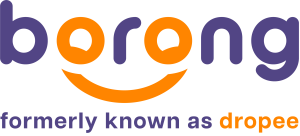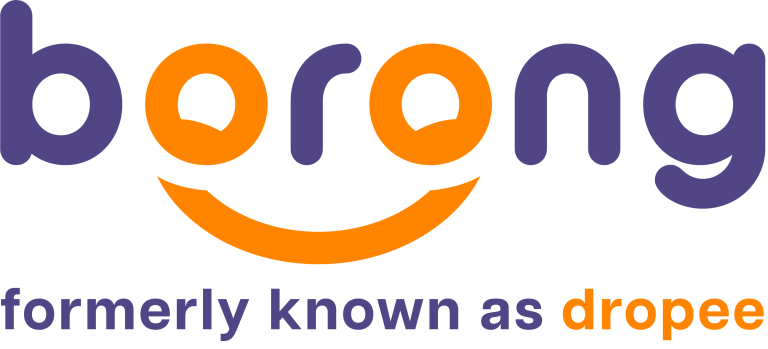There’s no better time to start an online business in Malaysia than right now. Covid-19 has made going online a necessity for businesses to thrive. As stores and offices close, businesses had to find another channel to reach customers.
After all, there has been a definite shift to the digital landscape in the past year. Even those that have never ventured into e-commerce had to take the leap. While it was a huge learning curve for many, going online has kept businesses afloat.
Furthermore, there was a huge spike in online traffic during months of lockdown. Previously, companies faced difficulties converting customers online because 70% of Malaysians still preferred to buy directly from stores. However, when in-person shopping became impossible, they had no choice but to shop online.
The online market grew quickly and now offers untapped opportunities for new entrepreneurs.
We’ve come up with a guide to starting an online business in Malaysia, broken down into three parts: plan, build and run!
Beginner’s Guide to Starting an Online Business in Malaysia
There is no one size fits all formula to starting an online business in Malaysia. However, it helps to have a checklist of to-dos as a reference.
Want more? Download our FREE guide on bringing your business online!

Part 1: Come Up with a Business Plan
It may seem like we’re stating the obvious, but a solid business plan is essential. Setting goals without a proper plan can set you back tremendously and incur losses along the way.
This part takes you through how to develop your business plan, which helps you map out your daily operations and the resources you need to run the business.
1. Get Business Ready
The first agenda is to understand how the business works. This means:
- Understanding the ins and outs of the business model.
- Uncover the various functions in a company to what drives profit and cash flow.
- Learn about the different types of e-commerce business models.
- Choose a business model that fits your idea best.
- Get creative with finding opportunities and threats in the market.
A great planning tool to help you structure your plan is the business model canvas. Created by Alexander Osterwalder, the canvas breaks down the business plan into nine building blocks covering infrastructure, value propositions, customers and finances.
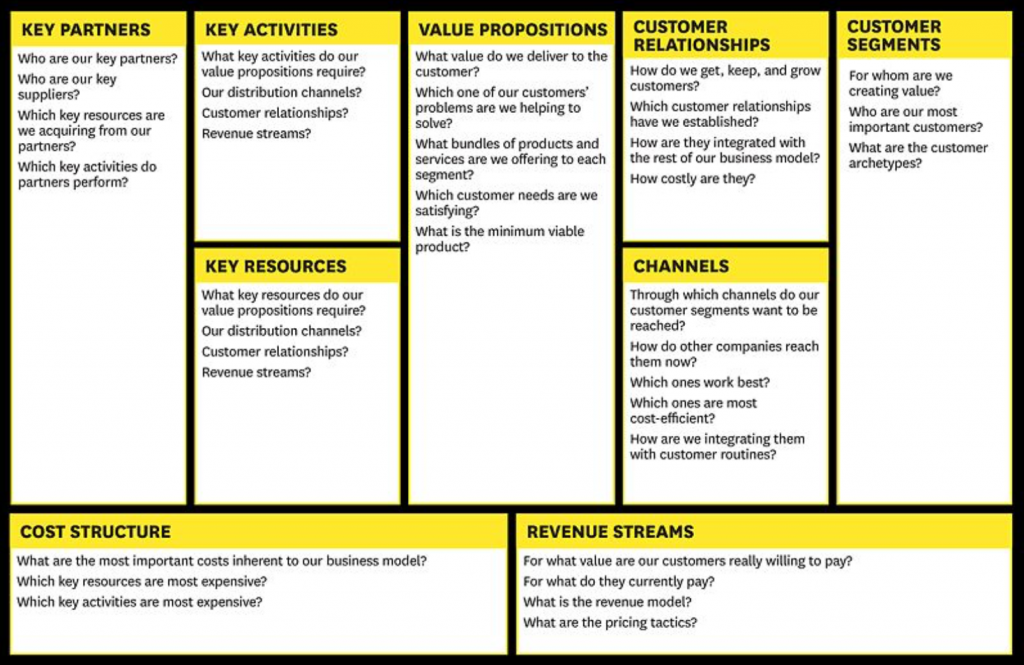
The template allows you to visualise your business and easily understand what you have to offer, the customers you serve and how your company will generate profit. Download the business model template here and start mapping out your plan!
2. Plan Operations
The operations part of the plan covers how your business will operate to meet the goals you’ve set. This is an outline of the day-to-day tasks you will undertake and indicates the capital and expenses needed. We’ve compiled a checklist of operations for online businesses, which helps you estimate the costs.

3. Get the Right Technology
It goes without saying – the right technology drives efficiency.
The key here is to choose technology that will make an impact on your business’ growth and won’t end up underutilised. It can be tempting to jump on the latest trendy tech but ultimately, the solution has to meet your business’s specific needs.
Start by covering your bases with these:
- Devices: Computers, monitors, smartphones
- Access to internet
- Social media accounts: LinkedIn, Facebook, Instagram
- Online store
- Softwares: Inventory management, e-commerce service
Part 2: Build Your Online Business
It’s now time to put together the building blocks for your business. The main task is to decide on the type of online store and features to offer for the best customer experience.
1. Choose an Online Store
There are two main options to choose from when building an online store – self-hosted or software as a service.
Whatever you choose will decide:
- What your organisational chart looks like
- The level of maintenance to handle
- How much resources you will be investing.
Budget, business size and specific concerns are also key deciding factors between the two options.

SaaS platforms allow new businesses to cut down on costs and focus on other aspects that drive revenue. As there is no need for maintenance and security, companies can operate with fewer staff. At the same time, there is less pressure to develop the online store as the SaaS provider does that for you.
When choosing an online store in Malaysia, here’s what you should look for:
- Smartphone or tab compatible
- Compatible with social media
- Integration with established marketplaces (11street, Lazada, Lelong)
- Inclusion of payment gateway (PayPal, MolPay, iPay88)
2. Setup Payment Gateway
A payment gateway is a portal for online stores to receive payment via debit card or credit card from their customers. There are a few things to take into account when choosing a payment gateway, including the payable fees, the maximum transaction amount, different currencies, security, reliability and support.
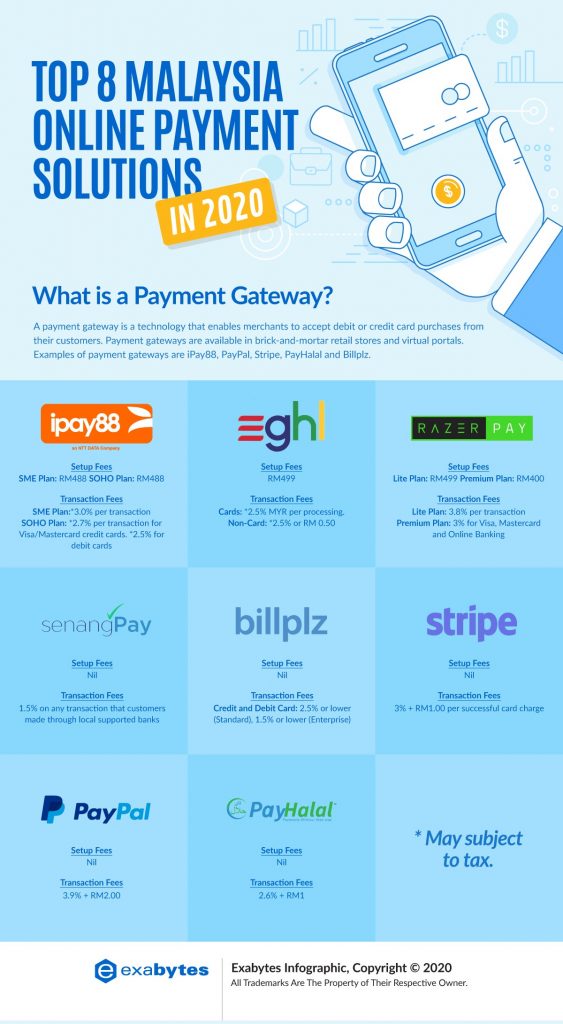
As seen above, the payable fees for payment gateways vary. While some do not charge for setup, the caveat is the higher transaction fees. However, other factors like security and reliability should be seriously considered as a faulty payment system can quickly turn away customers.
Choosing a payment gateway that supports e-wallet apps like Boost, Touch & Go and GrabPay can also be beneficial. E-wallet use in Malaysia grew by 40% last year, likely due to its contactless nature amid the pandemic. Businesses can convert these customers by providing e-wallet options.
3. Order Fulfilment Process
Once a customer completes an order and makes the payment, the order fulfilment process begins. Order fulfilment strategies have often been an afterthought for businesses but it has a huge impact on the bottom line. When customers want something, they want it now and companies that can meet this demand are at an advantage.
There are two order fulfilment models you can choose from:
- Self-fulfilment
- Third party fulfilment
When choosing between the two, consider your products, the expected order volume and the resources to manage in-house.
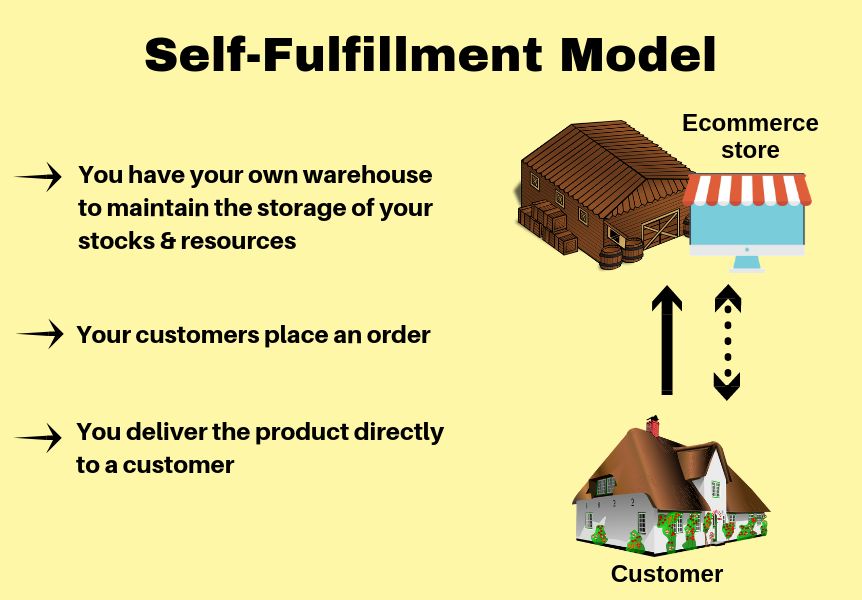
New businesses typically start off with a self-fulfilment model, often from their own homes.
This model takes up more time but is much cheaper than the alternative. It’s also easier to address any issues because you have total control over the inventory and shipping process.
However, self-fulfilment becomes increasingly costly as businesses grow past a certain point. When that happens, you can choose to continue in-house by building your own infrastructure or to outsource fulfilment.
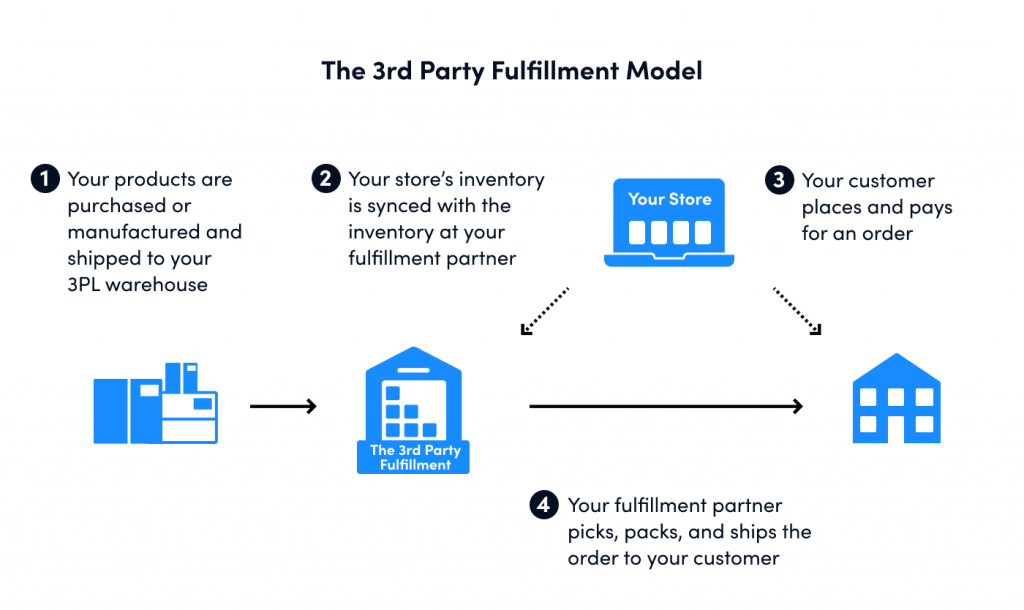
When a company’s fulfilment infrastructure can no longer handle the order volume, hiring a third party can eliminate the need to expand. 3PLs are equipped with both the infrastructure and logistical expertise to handle large order volumes.
At the same time, they can get better rates for bulk shipping due to the collective amount of orders they fulfil for different companies. That said, it’s important to choose the right partner as handing off to 3PLs may compromise the fulfilment quality.
4. Prepare Content
Filling your online store with sufficient content completes the building process. The content you publish on your online store can greatly improve sales.
When customers are browsing, they need more information to convince them. For this reason, the content on your online store should be informative and interesting. Visibility is also key here, so make sure your content has been optimised for search engines!
Content to include on your online store:
- About your business: Registration, contact information and values
- Product information: Good photos and effective descriptions
- Terms and conditions
- Order and payment methods
- Customer testimonials
Part 3: Run a Successful Online Business
It’s easy to go unnoticed and for your sales to stagnate in a saturated market. For this reason, a robust digital marketing strategy is a major contribution to a successful online business in Malaysia.
1. Attract & Funnel Customers
The sales funnel outlines a customer’s journey in the buying process and helps you spot weaknesses in your marketing tactics. Selling online means marketing your products digitally through different channels, be it ads or social media posts.
With many points of contact, it can be difficult to pinpoint where exactly you’re falling short. Understanding where your customers are on the buyer journey based on the content they are interacting with can solve this problem and move them down the funnel faster.
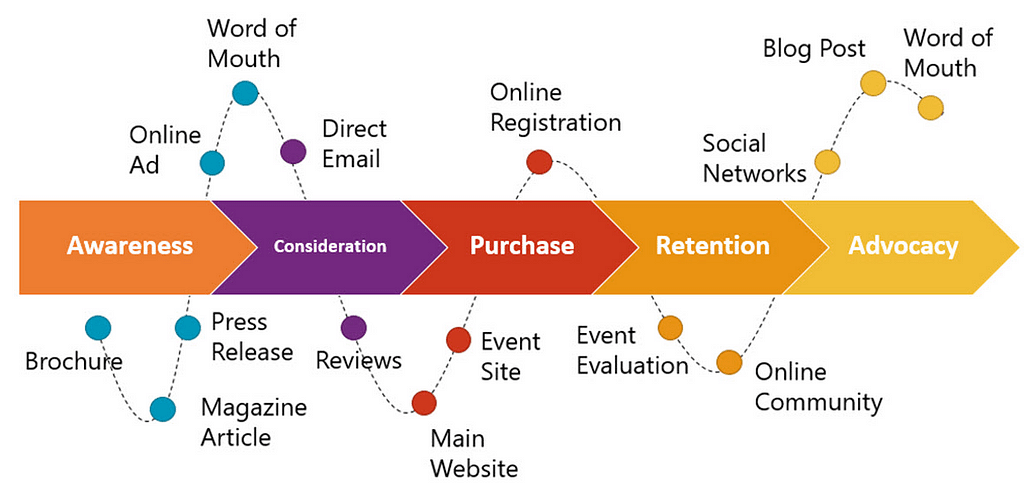
The goal here is to identify where your customers are in the sales funnel and analyse why they have not progressed. For instance, a customer stuck in the consideration phase may not have enough information to make their decision.
In this case, you should create more informative content to convert them. Whether it’s poor content, slow response times or friction in the ordering process, this process helps to detect inefficiencies at each phase of the buyer journey for you to quickly rectify.
2. Close Sales & Fulfil Order
Once you’ve ironed out the kinks in the buyer journey, sales will follow. But closing sales is only one part of the process. Effective order fulfilment is the part that determines if a customer will buy from you again.
Here are the best practices for order fulfilment to keep your customers coming back:
- Verify customer payment before the delivery.
- Quality packaging.
- Delivery within 3 working days.
- Get testimonials within 5 days.
- Always inform the customer of the status.
- Manage customer expectations.
Satisfied customers are more likely to recommend your business to another person. This is the perfect opportunity to ask for testimonials that can be incorporated into the marketing strategy. To ensure you get the best feedback, follow these dos and don’ts.
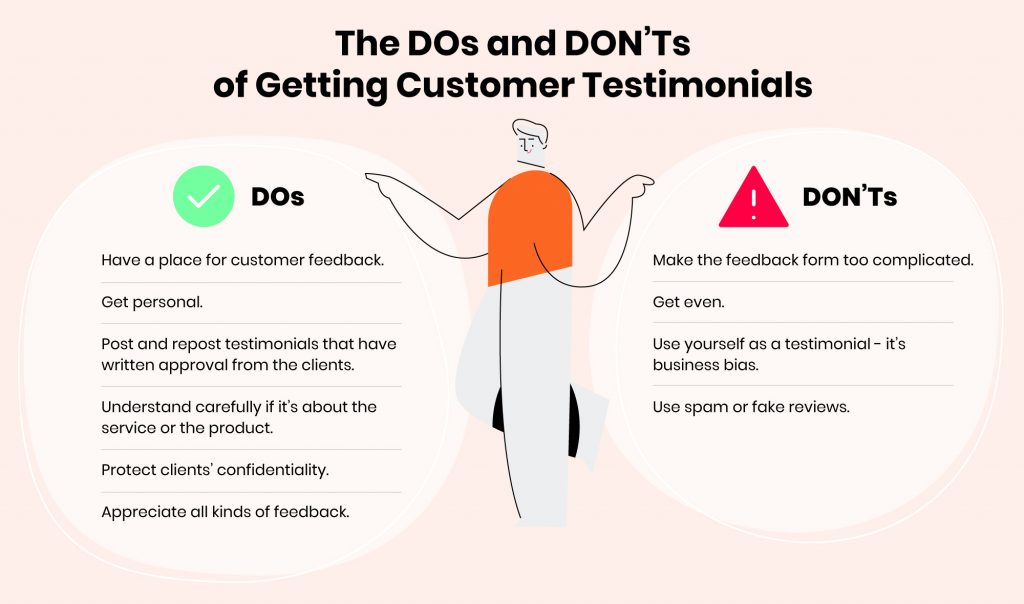

Start Your B2B Journey with Dropee
Starting an online business can be overwhelming but with a solid action plan, you’ll be better prepared to put out any fires that arise along the way.
Are you looking to start an online business in Malaysia? Dropee is an e-commerce solution that provides B2B businesses with a platform to sell online via our marketplace as well as manage their customers and inventories efficiently.
Get in touch with us for a free consultation to learn how Dropee can help you build your business!
